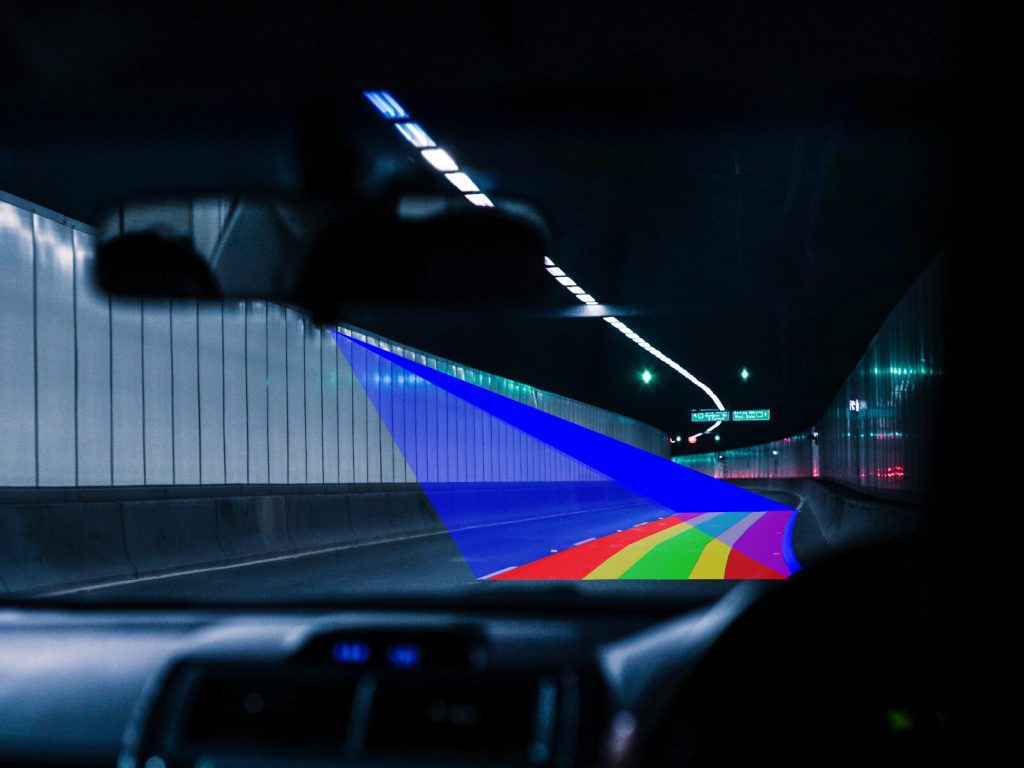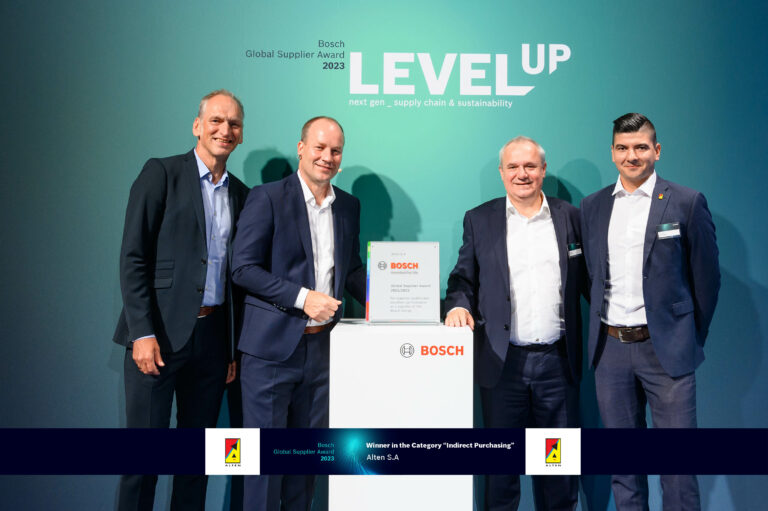Artificial intelligence in Cars: Real-time Capable Lane Departure Warning Without Speed Limit – Research Report of our Employee André

Development of Automated Driving Functions in an International Team
One of the major future trends in the automotive sector is the gradual transfer of driving tasks from humans to machines. In this process, the main goal is to improve safety for all road users. Our employee André Reger has also dedicated himself to this objective in an international team of the ALTEN Group – albeit, due to the pandemic, from his home country and not on site abroad. While his colleagues from Morocco and Romania are researching various camera-based vehicle functions in the “DeinAuge” project, he is developing a real-time lane departure warning system based on artificial intelligence for the very same hardware. Here, the implementation without speed limits is primarily aiming for the unusual working area in urban areas.
For six months, as part of his job integrated master’s study program at ALTEN GmbH, this research activity serves as his final thesis with the title “Real-Time Capable Lane Departure Warning System with Training Dataset for Autonomous Driving using Deep Learning”. Directly after the successful submission, he now reports on his insights.

Requirements and Challenges for Systems
In a simplified view, the object under consideration of a Lane Departure Warning (LDW) function, the ego vehicle, moves in its own lane in longitudinal and lateral direction. Humans cannot ensure this guidance without error. In 2019, for example, there were still 101,150 serious accidents in Germany, some of which resulted in casualties and injuries to person, due to the vehicle leaving its lane. On that point, the statistical distribution of accident causes shows that 94 percent of general accidents are currently caused by human failure. The (partial) transfer of this responsibility to a machine, therefore, promises great potential for safety on the one hand, but encounters serious difficulties on the other. Only four of the world’s largest road networks (France, Spain, Italy and Germany) are almost completely paved. The thereby possible road markings follow country-specific standards, some of which differ severely. With the given infrastructure, environmental influences such as varying light and weather conditions continuously play against the system. Nevertheless, correct information for the driver must also be provided in real time in order to warn the driver on time already if there is a tendency to leave the lane.
Technologies in the Field of Camera-based Systems
In order to cope with this challenging situation, today, mainly a camera with light field or infrared as well as Light Detection and Ranging (LiDAR) technology is used as sensor at the beginning of the process. The processing of the recorded data then usually takes place either with the help of traditional image processing or learning-based methods. The former proceed in several stages from preprocessing over feature extraction to lane line modeling. The latter take their cue from the human brain and, after prior training by the developer, can generate a prediction for an input image in a single step. In contrast to the initial machine learning, the neural networks used in the field of deep learning contain many neurons lined up within successive layers. If their design is appropriate, the optimization of the neuron connections – which has not yet been finally researched – thus enables very detailed computation possibilities. The art at this point is not to design the largest network, but to find the most efficient variant by clever selection of parameters. Convolutional Neural Networks (CNNs) designed for processing image data in the usual RGB format are therefore most suitable for the here discussed work.
Developed Implementation and Evaluation
In the ramp-up to the actual model development, a new type of training data set with a scope of 8,700 images has been created. In addition to these virtual images from a simulation, there are two label types that provide the real results (for example, all pixel positions of a searched lane marking) for each data element. These are designed in such a way that a first CNN can be trained to distinguish between images in intersection and roadway regions. The second CNN, on the other hand, is like this subsequently assisted to find a mathematical description for the course of the lane marking inside the working environment. This can be used to create a status message for the human with respect to the ego vehicle position. Finally, the accuracy of the developed algorithm is evaluated on the basis of 15 test cases with a total of 27,000 manually evaluated test images.
Added Value in Two Sentences
By using artificial intelligence, the new algorithm achieves state of the art accuracy and execution speed as one of the first without a speed limit even for inner-city use. In the virtual working environment, the fast-learning system is additionally able to work successfully in divers weather situations with at the same time varying lighting conditions.
You would also like to become a part of ALTEN? Find a job and apply directly!











